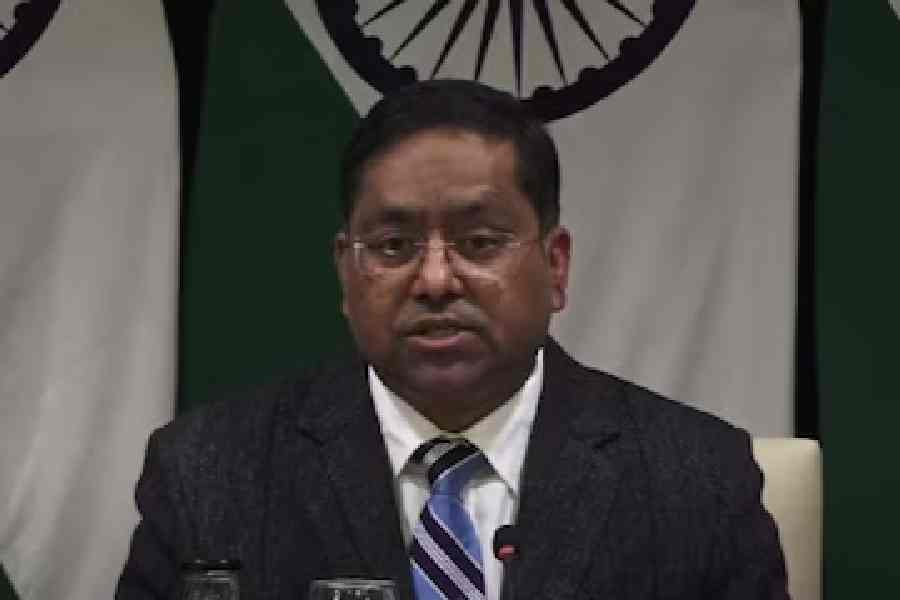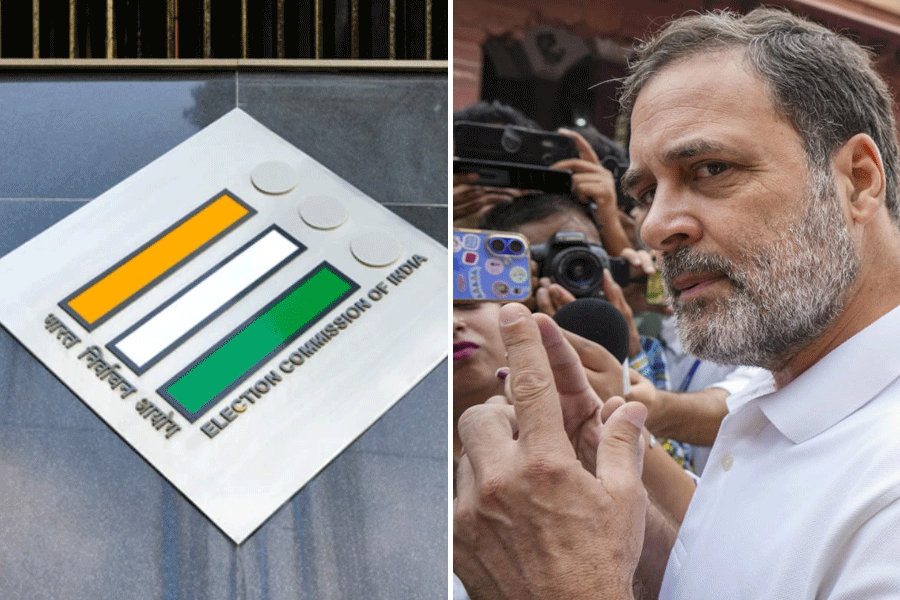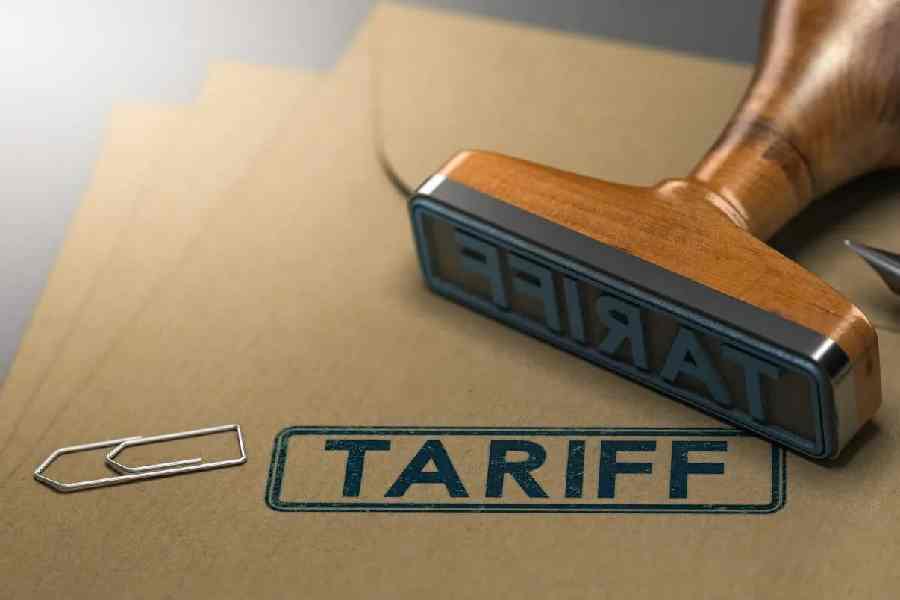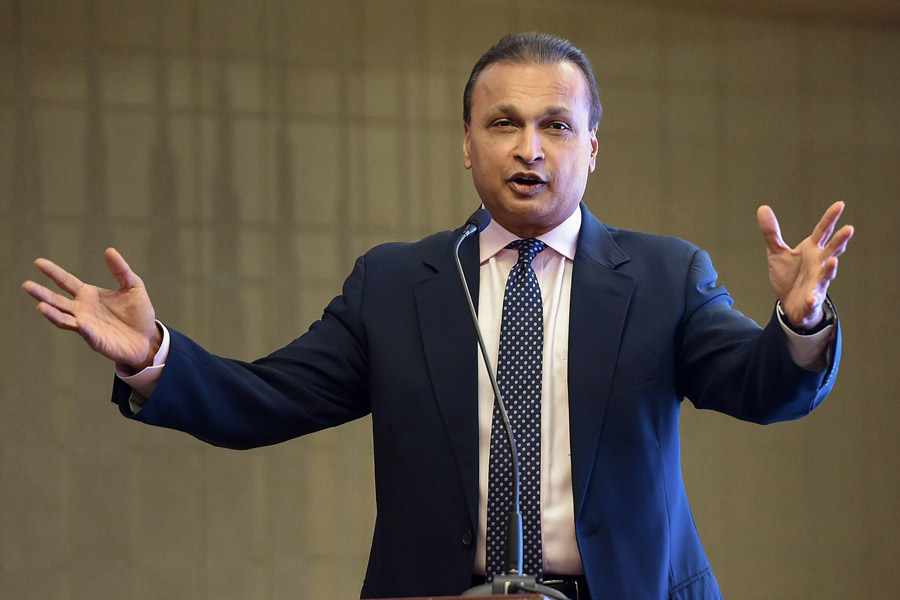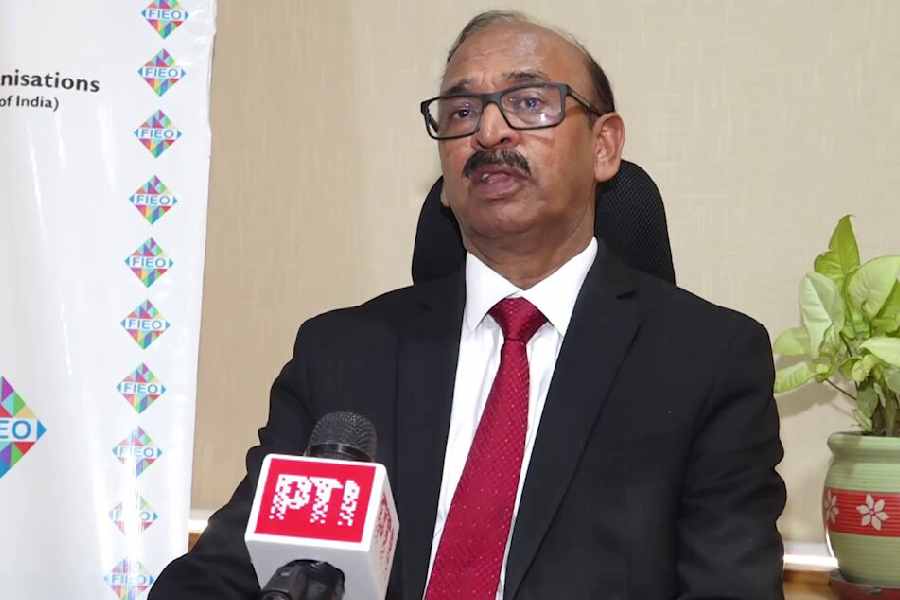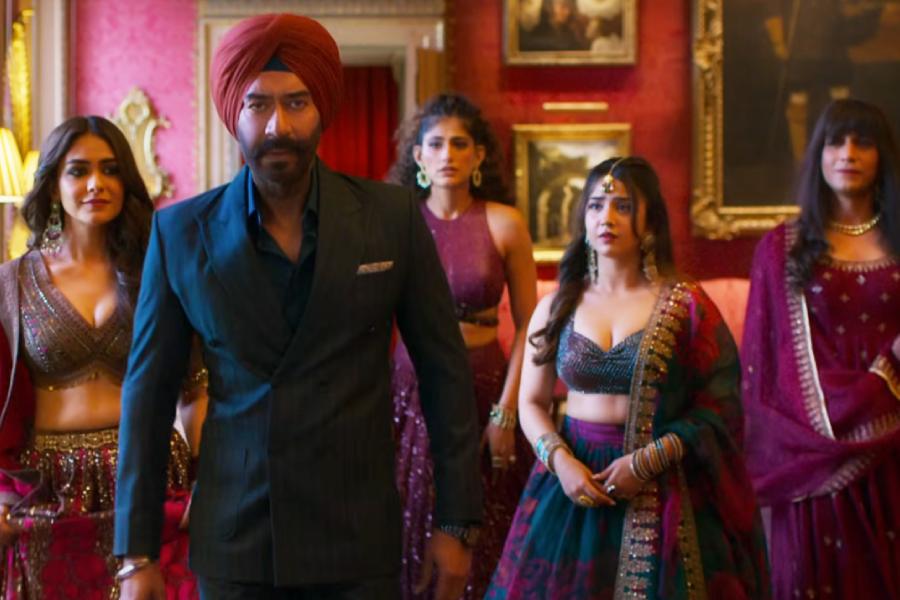 |
| Statue of Tilka Manjhi at the roundabout named after him in Bhagalpur. Picture by Amit Kumar |
Bhagalpur, Feb. 10: The 262nd birth anniversary of a local-boy-turned-legend, Tilka Manjhi, is likely to be a low-key or no affair at all.
People planning to celebrate the legendary warrior’s birth anniversary tomorrow are disappointed that no arrangements have been made to celebrate the day.
Manjhi, the hero of Paharia revolt at Rajmahal Hills between 1766 and 1780, one of the first revolts against British colonialism, seems to have become a forgotten hero.
Even after Bhagalpur University was named Tilka Manjhi Bhagalpur University (TMBU) in 1992 and Tilka Manjhi Chowk existing in the heart of the city, no official arrangements have been made yet to pay him tribute with just less than 24 hours left for the “big day”.
“The varsity had spent lakhs on research on different subjects but it is unfortunate that no proper research has been done yet to focus on his life. His character has not yet been included in any school- or college-level syllabus,” said Raman Sinha, a senior teacher at SM College.
Manjhi, a pioneer in the struggle for freedom, was arrested in 1785, flogged, tied to a horse and dragged through Bhagalpur before being hanged from a banyan tree at a place, which is now known as Tilka Manjhi Chowk. The district administration built Manjhi’s statute after Independence at the crossroad.
“Perhaps TMBU is the only university in the country which has no idea about Tilka Manjhi on whose name it is functioning. No research was conducted on him so far. This is why Manjhi is a legendary myth here,” said Rajiv Ranjan, a former student of history of TMBU.
People here, along with the neighbouring districts of Santhal Parganas in Jharkhand, celebrate February 11 as his birth anniversary. Since there was no contemporary writer or historian of his age, Manjhi disappeared from the pages of history.
However, many historians found similarity of Manjhi with Jaora Paharia.
Though Paharia is not a very familiar character, historians are increasingly getting intrigued by the shadowy figure. However, the Paharias — endangered primitive tribes who reside atop Rajmahal Hills in the Santhal Parganas and once ruled the region — and a section of historians feel that the late hero was none other than Manjhi. Santhal Parganas was once part of Bhagalpur.
The British had introduced a copper coin on Paharia in 1894, almost 100 years after his death. The British records describe him as a rebel and a “dreaded bandit” ruling over Rajmahal Hills.
The question now arises why would the British issue a coin to commemorate a rebel? Historical evidence claim that Paharia was made the commander-in-chief of a 1,300-strong hill archers’ core comprising Paharias of Rajmahal armed with bows and arrows. The unit was meant to rule the Rajmahal Hills. For reasons not yet known, Paharia fell from grace and was pronounced a rebel by the British.
Manjhi is acknowledged by historians as well in the folk songs of the residents of Rajmahal. He is hailed as the Robin Hood of the hills. He is said to have sustained a guerrilla warfare, attacked Bhagalpur in 1784 and killed a young collector, Cleveland, with a poisoned arrow. Author Kumar Suresh Singh, in his book Tribal Society of India (An Anthropology-History perspective), on page-121 has mentioned the fact. But historical records maintain that 29-year-old Cleveland died on January 13, 1784, of illness.
Historians have been claiming that Manjhi was none other than Paharia. “The paharias brought Paharia alive in the form of Manjhi just to keep the revolution alive. He should be given the due regards like any other martyr,” said Lallan Verma, a history scholar based in Bhagalpur.


